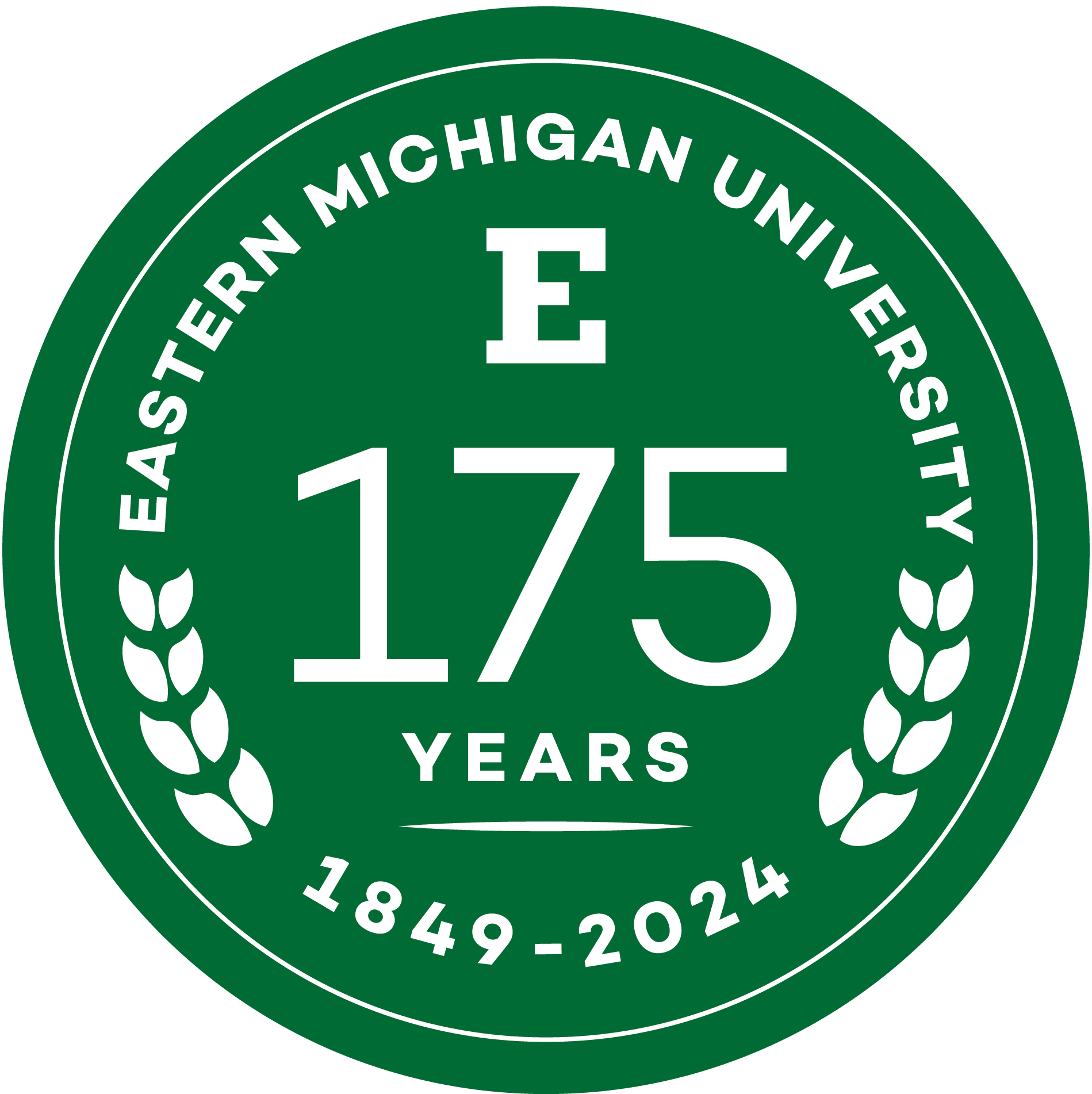Preserving the past, securing the future: Celebrating 10 years of Eastern Michigan University digital preservation excellence
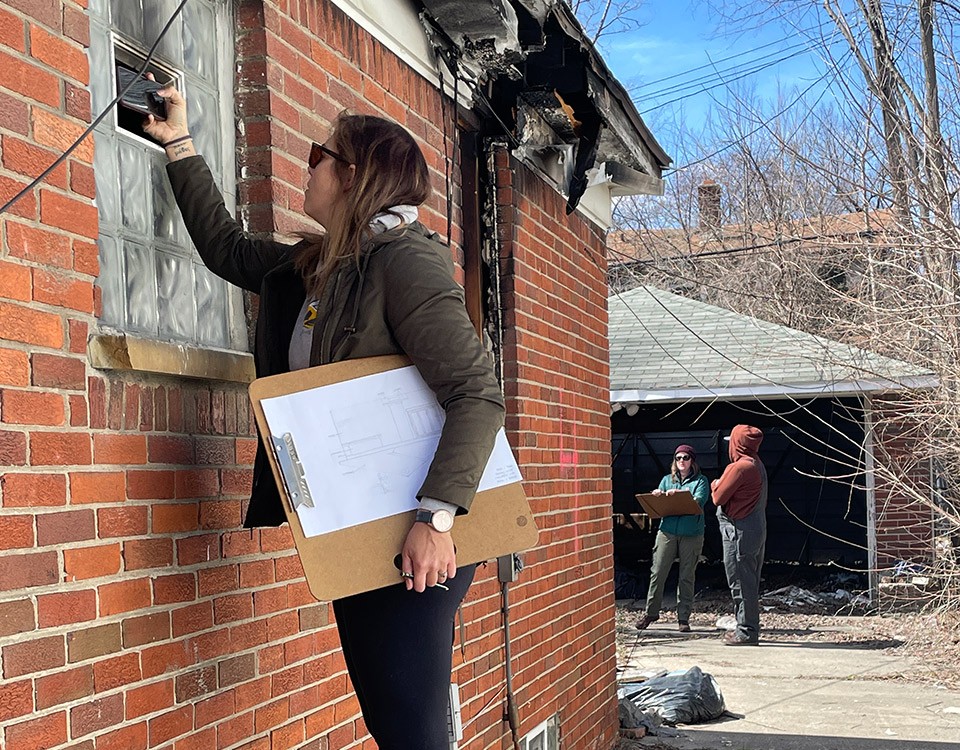
YPSILANTI — Eastern Michigan University's preservation studies program is celebrating the 10th anniversary of its Digital Heritage Preservation Lab, and recent work that aids in the discovery and preservation of historic landmarks in Detroit.
EMU’s preservation program is the only one in the United States that emerged from cultural geography rather than architecture or history. Founded in 1979, the program's curriculum reflects the evolving nature of preservation theory and practice in the United States and abroad. Over the past decade, students in the program have explored digital tools that help identify, analyze, preserve, and interpret significant places, objects, and people that are important to American history and cultural heritage.
Dan Bonenberger, professor of historic preservation at Eastern, is delighted about the 10th anniversary of the lab.
“The Digital Heritage Preservation Lab serves the community in several ways,” said Bonenberger. “We train students how to use digital tools for preservation and interpretation in the community. They conduct broad surveys to identify historic places and intensive surveys of significant sites utilizing 2D and 3D scanning and modeling. Additionally, the lab conducts digital archival research that enables us to find historic records, evaluate how and why a place is significant, write site histories and historical contexts, and tell the stories of the people who lived there.”
Over the decade, dozens of outstanding student projects have emerged from the Digital Heritage Preservation Lab, including the Mullett Street project where a group of students digitally rebuilt a section of Detroit's Black Bottom neighborhood as it appeared in historical maps and photographs before its demolition for urban renewal. In another memorable project, students created a digital model of the Willow Run bomber plant and one of the bombers.
This past year also brought compelling discoveries related to civil rights heritage in Detroit, including the endangered homes of Malcolm X, Sara Elizabeth Ray, and Gladys Mitchell Sweet. Using the latest digital technology, students identified, visited, and documented the sites of these civil rights activists. The work continues this fall as students will continue to dig deeper into the stories of these homes and their neighbors and create digital models as tools for preservation and interpretation.
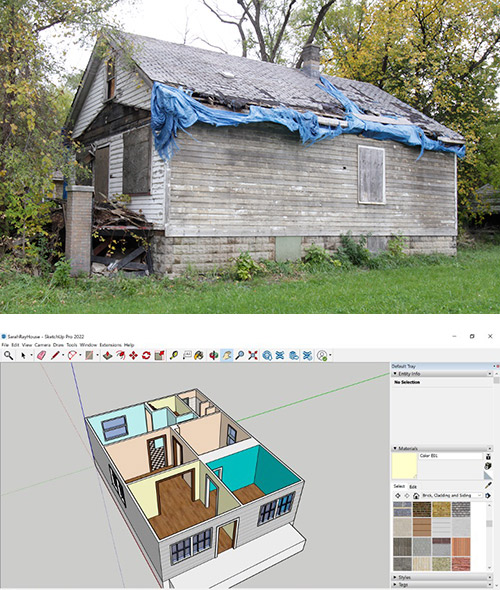
“The remarkable projects of the past decade demonstrate that our students are committed to helping the public identify, preserve, and interpret the most significant and meaningful places in their communities,” said Bonenberger. “Visualizing the areas around these places at significant moments in time helps us engage with people and connect to their history and heritage, but making these models accessible and preserving them for future generations is a great challenge.”
Bonenberger is seeking support to sustain the Digital Heritage Preservation Lab through a digital archive, where its outstanding work can be accessed indefinitely. In the meantime, he and his students continue to diversify the range of places, people, and stories documented using the digital technologies and techniques that the lab provides. There, students experience a wide range of preservation work and make contributions that possess great historical significance that deserve to be preserved.
“We aim to have a greater impact – to have greater success preserving and interpreting important places and making digital heritage more accessible and useful to local communities,” said Bonenberger.
For more information about EMU’s Digital Heritage Preservation Lab, please contact Dan Bonenberger at dbonenbe@emich.edu. For more about EMU’s preservation studies program contact Nancy Bryk nbryk@emich.edu.
About Eastern Michigan University
Founded in 1849, Eastern is the second oldest public university in Michigan. It currently serves more than 14,000 students pursuing undergraduate, graduate, specialist, doctoral and certificate degrees in the arts, sciences and professions. In all, more than 300 majors, minors and concentrations are delivered through the University's Colleges of Arts and Sciences; Business; Education; Engineering and Technology; Health and Human Services; and its graduate school. National publications regularly recognize EMU for its excellence, diversity, and commitment to applied education. Visit the University’s rankings and points of pride websites to learn more. For more information about Eastern Michigan University, visit the University's website. To stay up to date on University news, activities and announcements, visit EMU Today.
August 09, 2023
Written by:
Nina Scarpelli
Media Contact:
Melissa Thrasher
mthrashe@emich.edu
734-487-4401
More Stories

Eastern Michigan University professor recognized on the 2024 Michigan Sports Hall of Fame Ballot for his love of sailing.
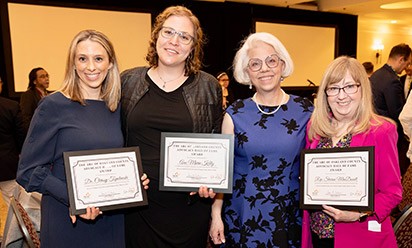
Eastern Michigan University professors receive Disability Advocacy Hall of Fame Award from The Arc of Oakland County Michigan.

Eastern Michigan University alumna, Aleksandra Efimova, leads self-made brand, RP to acquisition by renowned industry leader in dance footwear and apparel, Bloch.
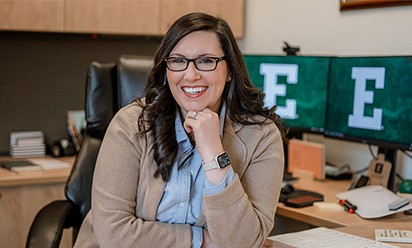
Eastern Michigan University Vice President for Enrollment Management Katie Condon-Martin to help shed light on FAFSA “fiasco” as part of Bridge Michigan Zoom discussion on April 24.

Eastern Michigan University awards Summer Research and Creative Activity Grants.

